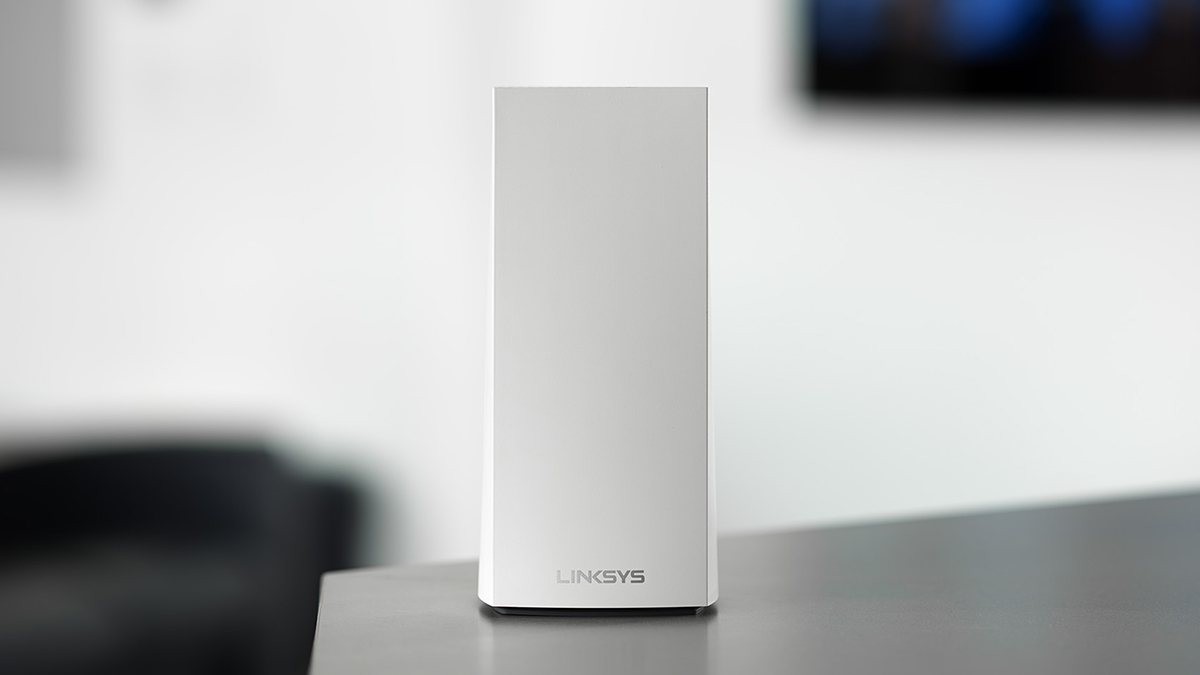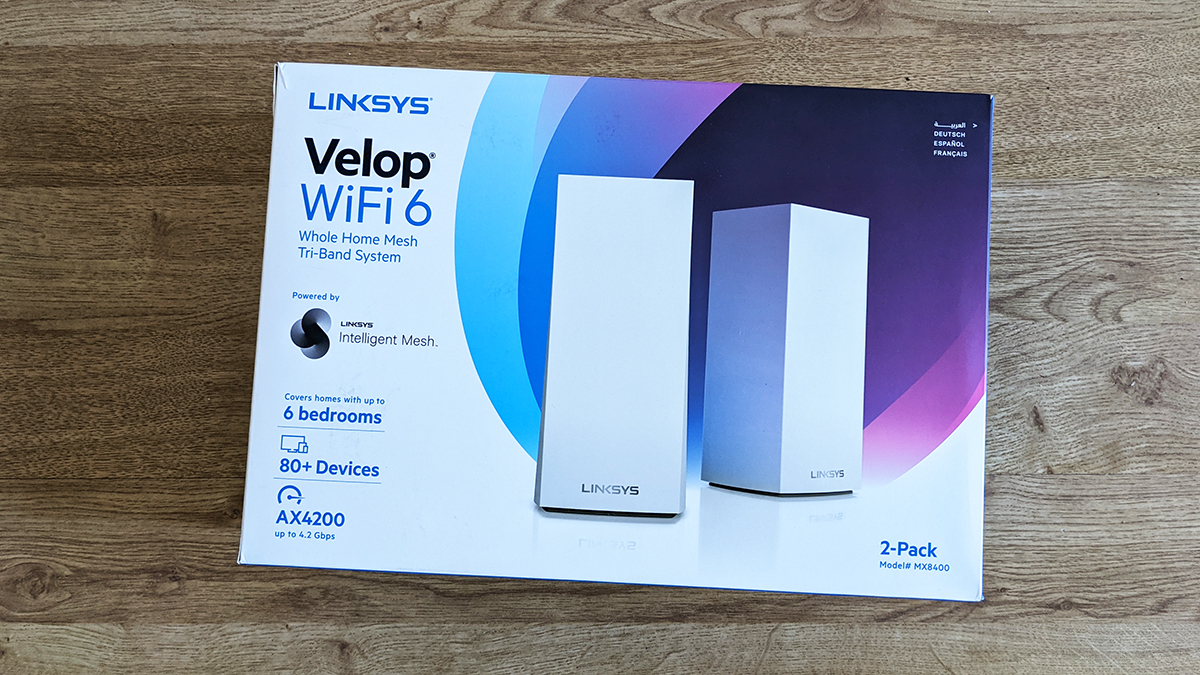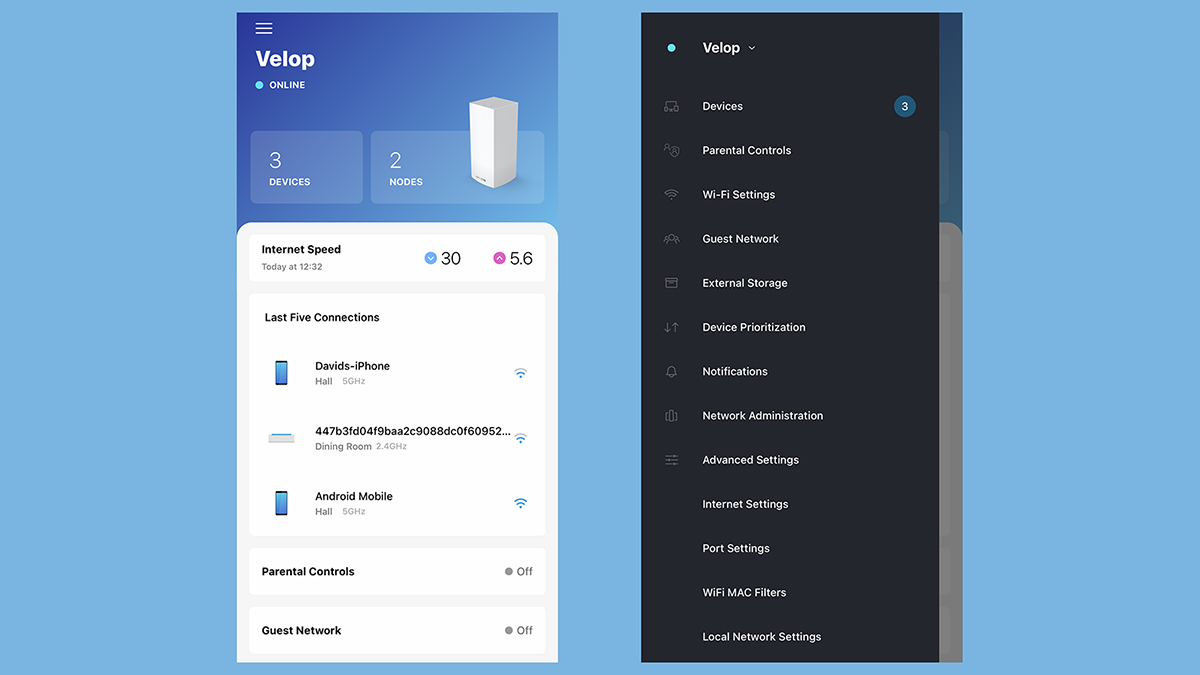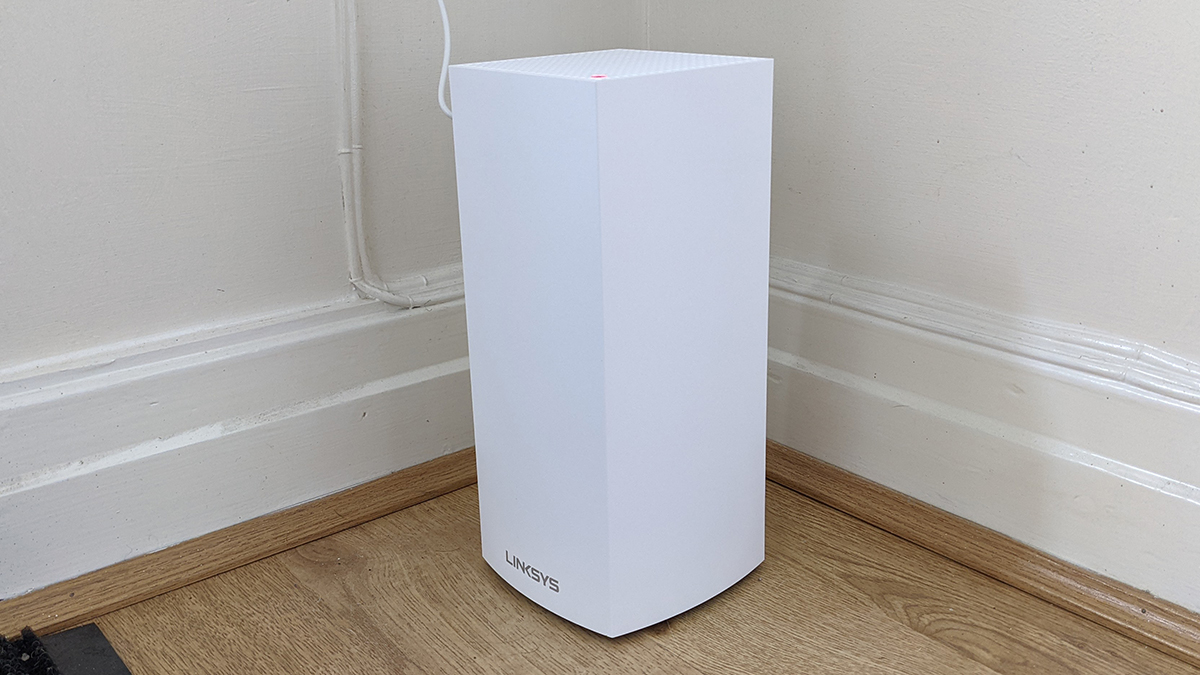Linksys MX4200 Velop review: get faster Wi-Fi to more of your home
The Linksys MX4200 Velop ticks most boxes in terms of speed, specs and coverage

The Linksys MX4200 Velop is a superb choice if you want to upgrade your home Wi-Fi to a pro-level mesh network without paying over the odds. Coverage, speeds and the ease of the setup process all impress, though it's perhaps not the very best choice out there.
-
+
Fast Wi-Fi 6 support
-
+
Great area coverage
-
+
Plenty of ports
-
-
Not cheap
-
-
Not compact
-
-
App can be sluggish
Why you can trust T3

The Linksys MX4200 Velop is one of a growing number of expensive home Wi-Fi upgrades you can invest in if you want to boost the distance, the stability, and the capacity of your wireless network – and it's undoubtedly one of the best mesh network kits available.
Mesh networking upgrades like this one don't actually make your internet faster: your broadband speed is between you and your Internet Service Provider (or ISP). Your ISP controls the quality and the speed of the connection coming into your property.
That's when hardware like the Linksys MX4200 Velop comes in – it can make sure that your Wi-Fi reaches further, is able to support more devices, and stays stable. You can buy just one of these units or or several of them together, depending on your needs and budget.
Linksys MX4200 Velop review: design and setup

We were sent the two-pack bundle from Linksys, which is actually coded as AX4200 on most retail websites, rather confusingly. You can also buy these units individually or in a three-pack as well, so whatever the size of your home you can blanket it in high-speed Wi-Fi goodness. All the boxes are the same – you just need one connected to your router and internet connection as it arrives at your property, and then the others (if you have any others) can be spread out to provide extra coverage.
Take note that these are chunky bits of plastic – you don't get the svelte looks of the mesh networking kits from the likes of Google or Eero. That extra size means extra power of course, but you'll need to do some planning when it comes to working out exactly where you're going to stick the MX4200 boxes, which measure 13.27 cm x 36.16 cm x 25.16 cm (that's 5.22 inches x 14.24 inches x 9.91 inches). They're not exactly ugly looking though, with sharp and straight lines, and a minimal aesthetic. All the ports are neatly hidden away from view too.
Speaking of ports, you get four Ethernet and one USB port on each of the Velop units, so there are plenty of connectivity options – if you need the extra stability of a wired connection for something like a games console or a set-top box, then you're well covered here. You can even set up a wired internet connection on each Velop unit in your home, should you need to.
You'll need the official Linksys app for Android or iOS to get everything up and running in your home, and overall it's an intuitive and friendly experience – the app can even make recommendations in terms of where's best to put the different mesh networking nodes. It gives you a clever overview of your nodes and the devices connected to them, and throws in some basic parental controls for good measure.
- These are all the best laptops that you can currently buy
Linksys MX4200 Velop review: features and performance

According to Linksys, the two-pack MX4200 Velop will get you very decent maximum speeds of 4.2 Gbps throughout your home, thanks to the tri-band technology that is built into these boxes: that's one 2.4GHz band, and two 5GHz bands (5GHz is faster, but has a shorter range). The latest Wi-Fi 6 or 802.11ax technology is supported here too, so you've got no worries when it comes to connecting up to the newest gadgets on the market.
The two-pack also apparently has capacity for "80+ devices" which seems a little vague – how many more than 80 devices is it able to take? We weren't able to put it to the test with quite that many pieces of hardware, but we did connect up quite a few dozen and didn't notice any problems with stability or interference – and that includes an Xbox Series X which relies on a high-speed connection to the web. Getting and keeping large numbers of devices online is definitely one of the reasons you might want to upgrade to the Linksys MX4200 Velop.
In terms of speed and coverage, again we were impressed in our testing – although in our small two-floor property which already had a Sky Q mesh network, the upgrade wasn't as huge as it might be in other homes. The speeds you get will depend on your broadband package, where you decide to put the nodes, how thick your walls are, where your TVs and microwaves are positioned and so on and so on. It's fair to say you should see a significant improvement over the single router that your ISP gives you.
Walking around the edges of our two-storey house, the MX4200 Velop system provided consistent speeds and connectivity in all corners and for a decent distance outside too (being able to work in the garden might be one of the reasons you decide to upgrade to this particular kit. Linksys says you can cover up to 525 square metres or 6,000 square feet with two nodes, which should give you some idea of whether it will work for you.
- Check out the very best smartphones on the market
Linksys MX4200 Velop review: price and verdict

The Linksys Velop family is a rapidly growing one, and this is worthy of your consideration if you want a good balance between price and capabilities. Of course you've got all the other Velop models to weigh up, and a decision to make about how many nodes to buy, before you even get on to comparing it against the other best mesh networking systems around – it's certainly a busy field at the moment, but the MX4200 Velop does enough to avoid getting lost in the crowd.
The number of ports on each unit, the number of devices the network can support, the Wi-Fi 6 support and tri-band configuration are all top-notch – and the amount of space that these nodes can cover is amongst the best around, too. You can get mesh network kits with more coverage and better speeds, but they're also going to cost you more too.
There aren't many downsides, but these obviously aren't the best looking or most compact mesh nodes that you're ever going to find, if that's important to you. They're going to cost you quite a bit of money, and while they'll be much more powerful than your current router, they may not give you a massively upgraded experience – it depends how many devices you have online, the size of the place where you live, and so on and so on. Make sure you do your homework first.
Overall though, we're happy to recommend the Linksys MX4200 Velop. The accompanying app is polished and useful (if a little bit slow at times), the hardware is mostly very impressive, the specs in terms of coverage and supported standards are great, and we didn't notice any problems at all in the time we were using our two-pack.
- Our pick for the best gaming keyboards available right now
Sign up to the T3 newsletter for smarter living straight to your inbox
Get all the latest news, reviews, deals and buying guides on gorgeous tech, home and active products from the T3 experts
Dave has over 20 years' experience in the tech journalism industry, covering hardware and software across mobile, computing, smart home, home entertainment, wearables, gaming and the web – you can find his writing online, in print, and even in the occasional scientific paper, across major tech titles like T3, TechRadar, Gizmodo and Wired. Outside of work, he enjoys long walks in the countryside, skiing down mountains, watching football matches (as long as his team is winning) and keeping up with the latest movies.
-
 This is the sound of BMW's upcoming Neue Klasse EVs
This is the sound of BMW's upcoming Neue Klasse EVsHas BMW cracked the problem of making EVs sound fun with its next-gen soundscape for its Neue Klasse cars
By Alistair Charlton Published
-
 Build unshakeable core strength with a kettlebell and these three exercises
Build unshakeable core strength with a kettlebell and these three exercisesAdd this to the end of your workout to fire up your midsection muscles
By Bryony Firth-Bernard Published
-
 The next big tech battlefield is AR Glasses – and Apple is ready to fight
The next big tech battlefield is AR Glasses – and Apple is ready to fightTim Cook is said to "care about nothing else"
By Sam Cross Published